Market Share
Packaging Adhesives Market Share Analysis
Market share positioning strategies play a crucial role in the success of any business, including the packaging adhesives market. Packaging adhesives are essential components in the production of various packaging materials, such as boxes, cartons, and bags. In this competitive market, companies employ different strategies to gain and maintain their market share.
One common strategy is differentiation. Companies differentiate their packaging adhesives from competitors by focusing on unique features or benefits. For example, a company might develop adhesives that offer superior bonding strength, faster curing times, or compatibility with specific packaging materials. By highlighting these differences, companies can attract customers who prioritize these qualities in their packaging adhesives.
Another strategy is cost leadership. Some companies aim to capture market share by offering packaging adhesives at lower prices than their competitors. This approach requires efficient production processes, economies of scale, and careful cost management to maintain profitability while undercutting rivals on price. By appealing to cost-conscious customers, companies can expand their market share, particularly in price-sensitive segments.
Innovation is also crucial for market share positioning in the packaging adhesives market. Companies invest in research and development to create new formulations, technologies, or applications for their adhesives. These innovations can provide competitive advantages, allowing companies to capture market share by offering solutions that meet emerging customer needs or address industry challenges. Whether it's developing eco-friendly adhesives, improving moisture resistance, or enhancing recyclability, innovation is key to staying ahead in the market.
Market segmentation is another effective strategy for positioning in the packaging adhesives market. Companies identify specific customer segments or applications where their adhesives offer the most value. By tailoring their marketing messages, distribution channels, and product offerings to these segments, companies can effectively target their resources and capture market share in niche markets. For example, a company might focus on providing specialized adhesives for the automotive industry or for food packaging applications.
Collaboration and partnerships are also important for market share positioning in the packaging adhesives market. Companies may form alliances with packaging manufacturers, machinery suppliers, or raw material providers to expand their reach and access new customers. By leveraging the strengths and resources of partners, companies can enhance their competitiveness and gain market share more effectively than they could alone.
Additionally, branding and marketing play a significant role in market share positioning. Companies invest in building strong brands that resonate with customers and differentiate their products from competitors. Effective branding helps create awareness, trust, and loyalty among customers, which can translate into higher market share. Marketing efforts such as advertising, promotions, and trade shows also play a crucial role in reaching target customers and influencing their purchasing decisions.
Overall, market share positioning in the packaging adhesives market requires a combination of strategic planning, innovation, differentiation, and collaboration. By understanding customer needs, segmenting the market, and effectively communicating the value proposition of their adhesives, companies can gain a competitive edge and capture market share in this dynamic and evolving industry.

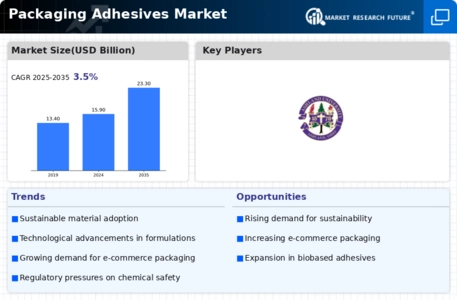
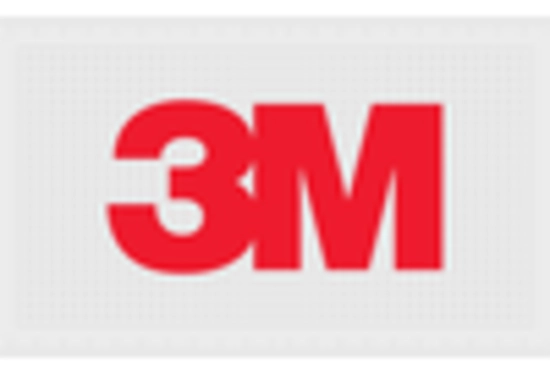
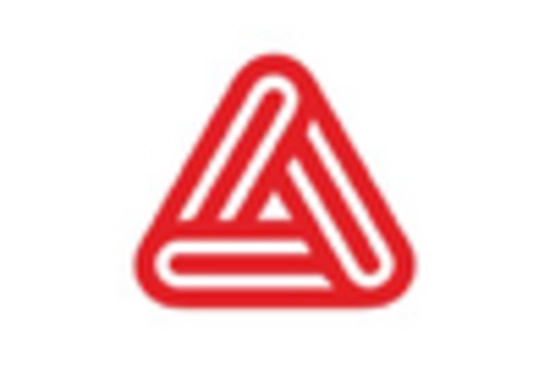

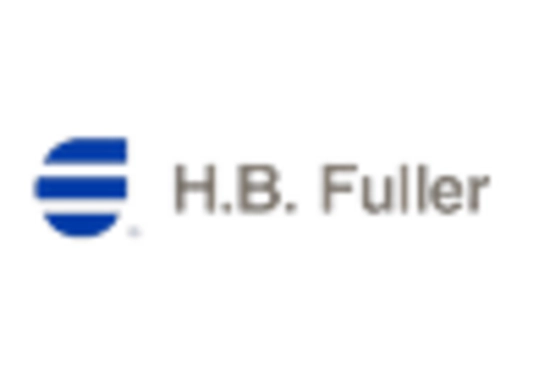
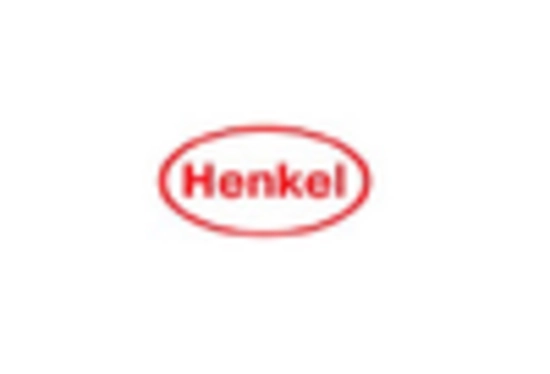










Leave a Comment